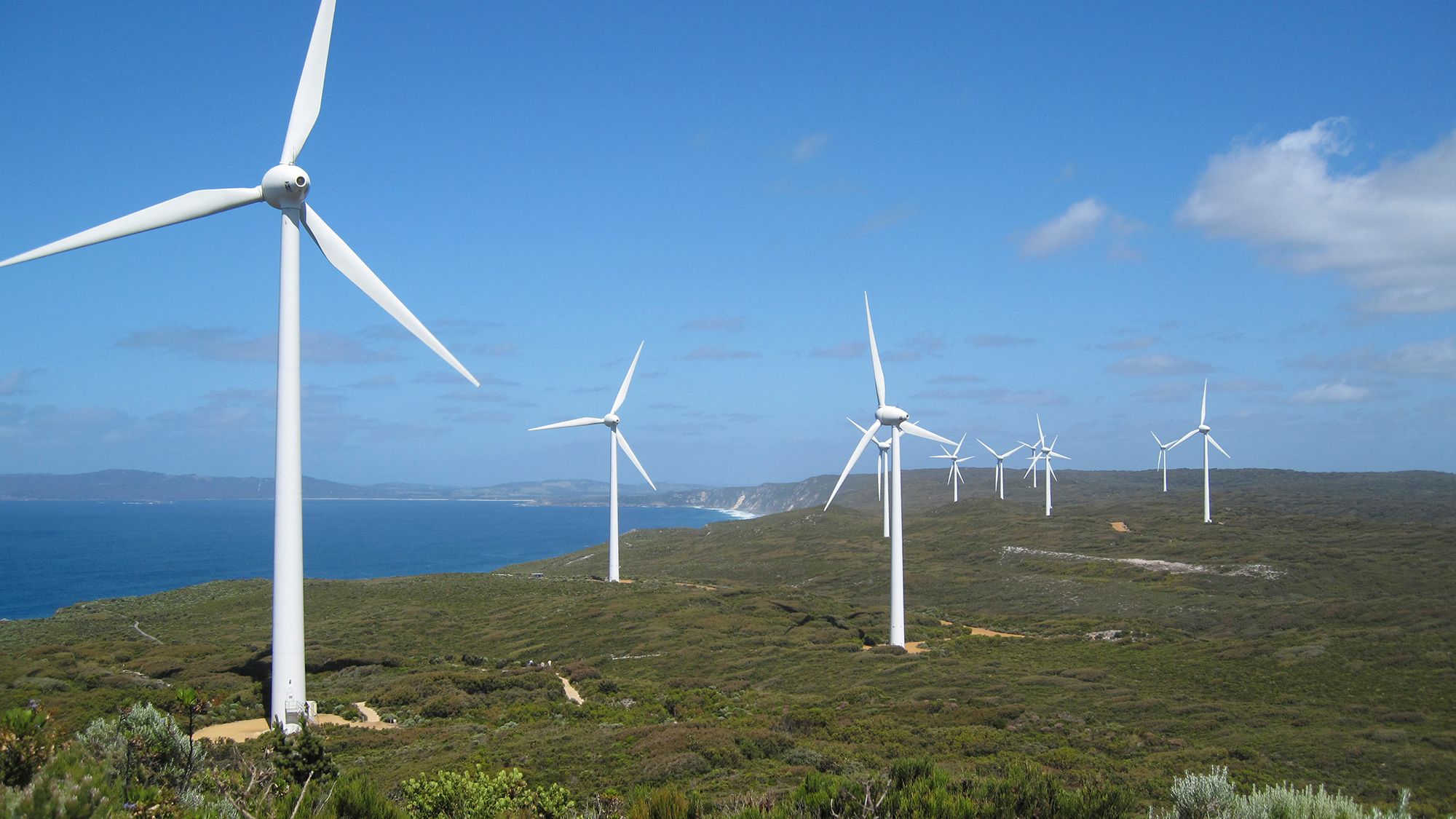Technology of the future

- by Admin
- September 29, 2024

This may sound far fetched, but there are already indications that this may become a reality. Currently, when too much solar energy is produced, it risks overloading the grid, so certain sources have to be curtailed or shut off, meaning that solar energy goes to waste. If this excess energy could instead be stored, or if consumers could be incentivised to charge their devices during these times, there would be less demand during other times of the day, and less demand on non-renewable sources of energy, says Wavish.
To help apply this concept, ENGIE, through its retail arm, currently offers energy “happy hours” whereby customers can choose a two-hour period during the day to receive energy for free. ENGIE has also trialled shifting the excess energy to water heaters during the daytime, making use of the energy rather than wasting it.
Another approach is to create grid-scale batteries, large facilities of batteries that can store energy until needed. ENGIE currently has one such facility in Victoria, with four more in the development pipeline in NSW and South Australia. But due to the urgent need to scale up energy storage, Wavish and his team are exploring even more innovative solutions.
“Australia is in a unique position right now. With 3.6 million rooftop solar installations, we’re leading the world on a per capita basis,” says Wavish. “This means consumers are already aware of their homes being a source of energy and the next step is working with them to make better use of their energy storage capabilities.”
One of ENGIE’s big ideas is leveraging the technology of virtual power plants – distributed networks of consumer-owned batteries that discharge energy to the grid when needed.
ENGIE’s retail arm trialled this concept in South Australia last year, making use of consumer-owned home battery systems that would discharge energy to the grid as needed in exchange for payment, generating value for the participants. ENGIE has since launched this concept as a commercial product, which currently has about 2,000 customer-owner batteries, representing 10MW of capacity spread across SA, Victoria, NSW and Queensland.
“The only problem is that home battery systems are expensive, which is why the switch to EVs is pivotal,” says Wavish. “Their batteries have around five times more capacity than a home battery, and of course, they don’t just sit against the wall. They can take consumers where they need to go, and have the potential to be used for energy storage and discharge as well, representing a multi-purpose energy storage solution that consumers are going to want.”
You may have heard about EV owners powering their home after dark using their vehicle’s battery, but ENGIE is taking this a step further, trialling using EVs as part of a virtual power plant in a process called vehicle-to-grid (V2G). The trial is still in its early stages but Wavish hopes that one day all EVs will be able to function as energy storage devices on wheels,with an enormous shared capacity. “While there are lots of technical challenges still to overcome, I firmly believe that the rewards are so great that it’s only a matter of time before V2G becomes widespread.”
“When you start to combine all these products, solar panels, energy happy hours, smart water heaters, home batteries and EVs, you start to get a sense of a future where energy companies exist to help customers to get the most out of their systems. That’s what we offer. We’re not just supplying energy from the grid, we are connecting customers to these new products and services, helping them lower their utility bills while helping to accelerate the energy transition and feeling good about it as well.”
The Latest News
-
December 23, 2024Here’s why Golf Twitter lost its damn mind over Team Langer’s PNC victory – Australian Golf Digest
-
December 23, 2024Social Media Ban in Australia: What Online Casinos Can Learn on Responsible Gambling Practices? – Insights from CasinoAus
-
December 23, 2024From smaller homes to screen time, backyard cricket is facing challenges in modern Australia
-
December 23, 2024This quiet Canadian will make you love YouTube golf again – Australian Golf Digest
-
December 23, 2024Guide Helps Australian Workers Expose Tech Wrongdoings





